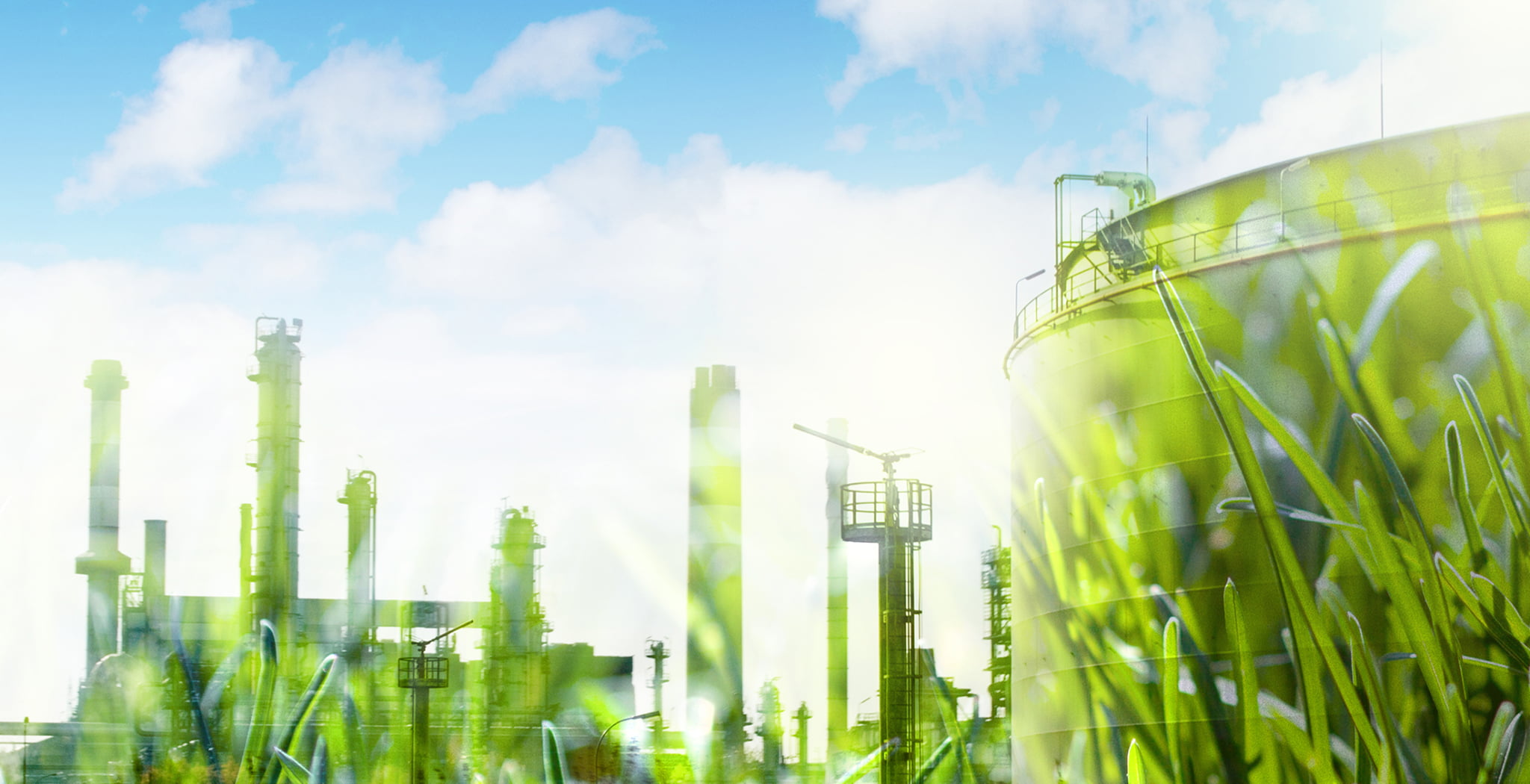- Home
- Sustainability
- Environmental guidelines
- Environmental conservation initiatives
Environmental conservation initiatives
Cataler quantitatively assesses resources such as raw materials and energy (inputs) and the products and environmental impact of its activities (outputs), and works to reduce its environmental impact not only by complying with official regulations, but also by setting voluntary targets.

Environmental impact in business


- *PRTR (Pollutant Release and Transfer Register)
- A system for knowing what chemicals are released, and where and how much are released each year.
- *Chemical oxygen demand (COD)
- An important indicator of organic mater. Wastewater standards apply only to wastewater discharged into sea areas and lakes.
- *Biochemical oxygen demand (BOD)
- An indicator of the amount of organic matter that is easily decomposed by microorganisms. As a wastewater standard, it is used as a general wastewater standard.
- *Suspended Solids (SS)
- An indicator of the amount of substances with a diameter of 2 mm or less floating or suspended in water. As a wastewater standard, it is used as a general wastewater standard.

Initiatives in product development
- ・Simplification of production processes (process reduction, etc.)
- ・Reduced use of regulated substances
- ・Consideration of changeover from regulated substances to alternative substances

Initiatives in material procurement
- ・Improving transport efficiency by changing delivery units
- ・Formulation of Green Procurement Guidelines
- ・Simplification of material procurement logistics
- ・Formulation of Supplier Quality Assurance Manual
- ・Holding regular briefing sessions for suppliers

Initiatives in production
- ・Equipment operating method optimization
- ・Furnace operating pattern change (energy-saving)
- ・Improving the operating rate of production equipment
- ・Increased furnace input (energy-saving)
- ・Promotion of changeover to LED lighting facilities
Environmental compliance
Cataler, which restricts the use and handling of environmentally hazardous substances, has a system to confirm that raw materials do not contain substances subject to regulations. From the design stage, we confirm that the materials we purchase do not contain prohibited substances specified by the customer. Relevant laws and regulations (Law for Promotion of Chemical Substance Emission Control and Management, Industrial Safety and Health Law, etc.) are investigated and notified within the company, and measures are taken in advance. To prevent environmental accidents, the Company receives defects and complaints internally, and regular internal environmental patrols are conducted by the Environmental Protection Subcommittee and other groups. In addition, we proactively participate in environmental activities conducted by our customers in order to share and exchange information. Based on laws and regulations, prefectural and city ordinances, and agreements, we regularly report environmental data, and we also set and comply with voluntary standard values that are significantly below regulatory values.
Cataler's voluntary environmental impact reduction targets
Swipe sideways to view the table.
(unit) mg/l
| Item | Water Pollution Control Law | Voluntary standard value | FY2021 achievements | FY2020 achievements |
|---|---|---|---|---|
| Suspended Solids (SS) | 150 | 15 | Less than 1.0 | 1.2 |
| Chemical oxygen demand (COD) | 120 | 10 | 2.4 | 3.2 |
| Biochemical oxygen demand (BOD) | 120 | 10 | 1.4 | 0.5 |
| Ammonia and other compounds | 100 | 70 | 22.0 | 46.0 |
2030 targets for reducing environmental impact
Environmental management
The global environment itself is our important management foundation. Cataler pursues environmental technology to contribute to a prosperous 21st century society. In addition to contributing to environmental conservation through our corporate activities, we will continue to make group-wide efforts to provide environmental value to our customers and other stakeholders, and to pass on a prosperous and sustainable society to the next generation.


 JAPANESE
JAPANESE

 Select Language
Select Language English
English